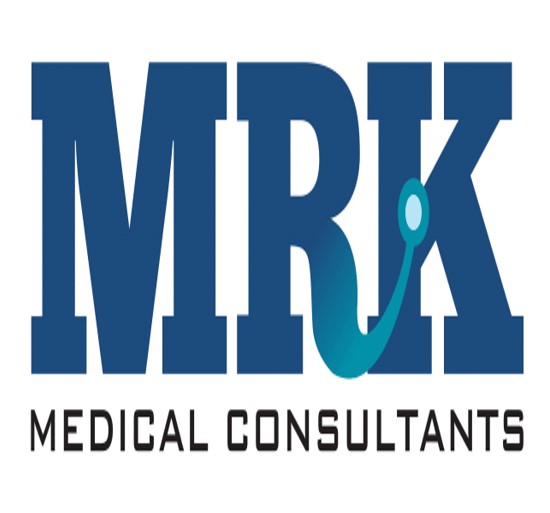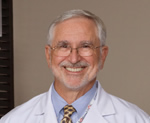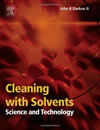Megan M. Hamilton, MS, CCC-SLP earned her Master of Science degree from Marquette University and holds a lean six sigma green belt from Purdue University as well as a Certificate of Clinical Competence from the American Speech Language and Hearing Association (ASHA). Megan currently provides consultation to hospital speech language pathology and serves as a forensic medical SLP throughout the United States. Megan has held positions as direct care provider, site manager, regional vice president, and division manager of clinical education for national rehabilitation providers in long term care, sub acute, and pediatric care. She brings over 30 years of experience to her clients.
Litigation Support - No healthcare provider can prevent aspiration and/or choking for all patients at all times, but all SLPs can be expected to practice within accepted standards of care. Megan's exhaustive review of case materials can determine whether diagnosis, evaluation, recommendations and discharge determination were based upon sound clinical reasoning to mitigate adverse outcomes and facilitate improvement. If standards of care were met, Megan provides evidence-based opinions of such. When care failed to meet accepted standards, Megan can illustrate how the SLP provider deviated from standards. She can assist in determining if substandard care contributed to negative outcomes including suspected choking event, aspiration, dehydration, health decline or death.
Areas of Expertise:
- Speech Therapy
- Speech Language Pathology
- Swallowing
- Oral Dysphagia
- Pharyngeal Dysphagia
- Esophageal Dysphagia
- TBI
- Expressive Language
- Receptive Language
- Parkinsons
- Choking
- Cognition
- Dehydration
- COVIDs impact on communication, dehydration and swallowing
| - Dementia
- Diet Texture
- Liquid Viscosity
- Aphasia
- Apraxia
- Dysarthria
- Developmental Disabilities
- Stroke
- CVA
- Aspiration
- Aspiration Pneumonia
- End of Life Nutrition
- Executive Skills
- Standards of Care
|
Megan has been an instructor in the areas of cognition, dysphagia / swallowing, end of life nutrition, and Medicare regulatory compliance. She has presented at conferences for the American Occupational Therapy Association and local Speech Language Hearing Associations as an employee of national Rehab companies.
The Lios Manhe (pronounced LIZ munee) mission is to be a trusted partner to plaintiff or defense by providing thorough analysis and independent opinions supported by science and based upon evidence collected.
By: Megan M. Hamilton, MS, CCC-SLP
A person found in bed with food in their mouth, pale and pulseless is often assumed to have choked to death. Likewise, food items found in the larynx (entry to the windpipe) during CPR, suctioning or autopsy can appear to confirm asphyxiation by choking on food. Both scenarios may, in fact, be due to death by choking
By: Megan M. Hamilton, MS, CCC-SLP
Aspiration of material into the lungs can lead to respiratory infection including aspiration pneumonia, which is often fatal, some studies indicate up to 70% mortality rate. Speech Language Pathologists (SLP) evaluate swallow function and provide treatment or recommend strategies, textures and consistencies to reduce risk for aspiration.
By: Megan M. Hamilton, MS, CCC-SLP
A choking death secondary to obstruction of the airway by food material occurs over a period of time, typically between three and six minutes, and manifests signs of asphyxiation. Heart attack/Myocardial Infarction/Myocardial Ischemia/Cardiac Arrest is the depletion of oxygen to the heart muscle with death of heart tissue
By: Megan M. Hamilton, MS, CCC-SLP
Food material found in the airway or trachea in an autopsy gives the impression the patient choked to death and suggests liability on the providers’ part. That may be the case, some deaths simply are by choking and secondary to failure on the part of a caregiver to follow diet orders, feeding tactics, postural recommendations, compensatory strategies and/or other safe swallow recommendations.
By: Megan M. Hamilton, MS, CCC-SLP
This article will address how a forensic speech language pathologist (SLP) can assist in determining if dehydration leading to hypernatremia or hyponatremia in the elderly can be considered a result of unmanaged dysphagia, substandard care, negligence on the part of medical staff or an unavoidable consequence of a medical condition.
By: Megan M. Hamilton, MS, CCC-SLP
As with most medical interventions, thickened liquids have both benefits and weaknesses. Recent research demonstrates that patients consuming thickened liquids consume less than patients consuming thin liquids and are frequently dehydrated. There are several reasons postulated for this decrease in liquid intake...
By: Megan M. Hamilton, MS, CCC-SLP
It is not uncommon for documentation or discussion to use the term “choking” to describe instances in which food or liquid went “down the wrong pipe” or a significant cough occurred. Those instances are not, in fact, choking in the sense of foreign body airway obstruction that leads to death by asphyxiation.














 Dr. Michael R. Klein, Jr., M.D., specializes in Orthopedic Surgery and is a founding member and the first Medical Director of Northern California Orthopedic Centers. He was involved with the development of the orthopedic section of the Level II Trauma Center at
Dr. Michael R. Klein, Jr., M.D., specializes in Orthopedic Surgery and is a founding member and the first Medical Director of Northern California Orthopedic Centers. He was involved with the development of the orthopedic section of the Level II Trauma Center at 

